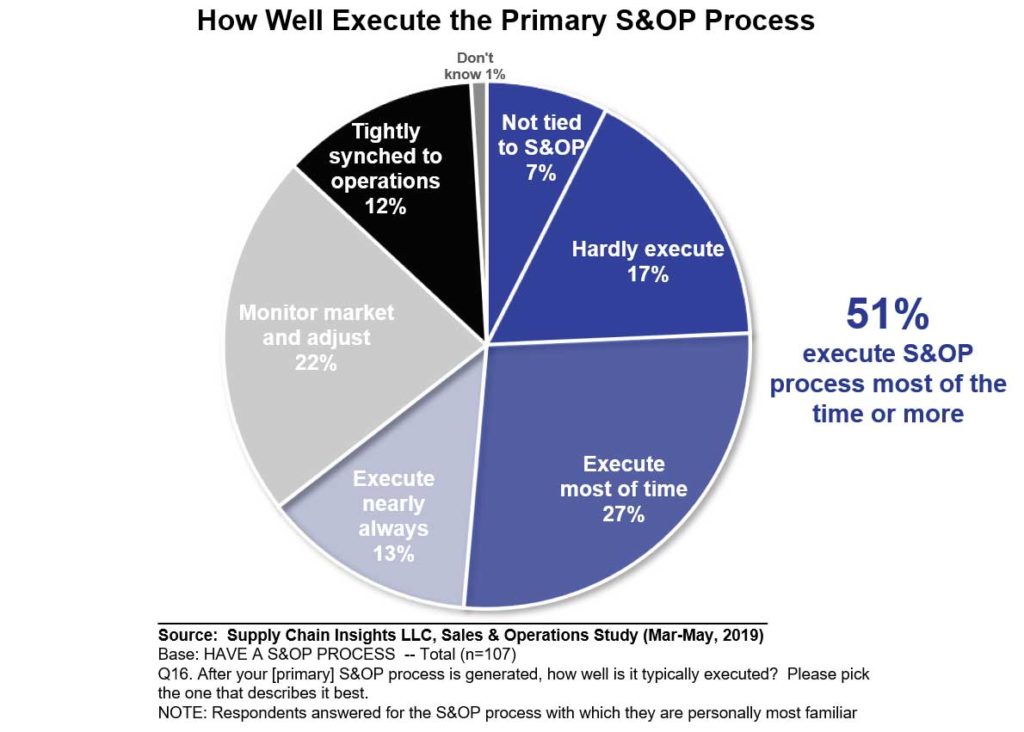Covid liquidity pressures place supply chain finance in the driving seat
The case for supply chain finance is as strong as ever
Not only did shipping and air freight supply chains come to a halt during the early days of the pandemic, but consumer demand also went through a slump. As a long-term consequence, supply chains have experienced strain, centered on working capital and ensuring business continuity across industry segments.
Today, the challenge is about demand, which exceeds timely supply, placing additional operational pressures on these businesses. This means supply chains are forced to stretch their working capital and make changes to how they finance and sustain their businesses.
According to the World Bank, there is a finance gap of about $5.2-trillion globally — wider in emerging markets where the availability of working capital has been limited or the understanding largely undervalued. As a result, we have experienced many product shortages, a prime example of how buyers and suppliers are facing the challenge to ensure the smooth exchange of products along the value chain.
Finance plays a big role in this continuity and in SA. While we lagged global markets in the adoption of supply chain finance models initially, the pandemic has strengthened the need for it. There has been a rising demand in supply chain finance locally — or reverse factoring as it’s commonly known — with some of the world’s largest businesses turning to this financing to help suppliers optimise their working capital.
However, supply chain finance is not a new concept. Globally, it has been used as a source of capital by many corporates as an alternative funding model to free up cash flow without affecting existing lending facilities.
Supply chain finance plays a pivotal role in markets in a state of flux, ensuring there is speed and efficiency in the payment cycle. Typically, a third-party finance provider will pay a buyer’s debt to the supplier at a discounted rate and much sooner than the buyer is able to do so if done directly.
This facilitates a positive cash flow for the business through the working capital cycle and ensures both buyer and supplier are better able to meet demand vs supply without the red tape of cash flow challenges typically experienced in a recovering market. It gives the buyer time to streamline cash flow, based on creditor cycles, where they pay the finance provider at a later date, allowing them room to ensure solid cash flow and build positive relationships with their suppliers.
It also offers a competitive advantage for the buyer and a financially savvy opportunity for the supplier to take advantage of mechanisms for early settlements and the related discounts that may apply.
Read more at Covid liquidity pressures place supply chain finance in the driving seat
Leave your opinions below and subscribe to us for more updates.































